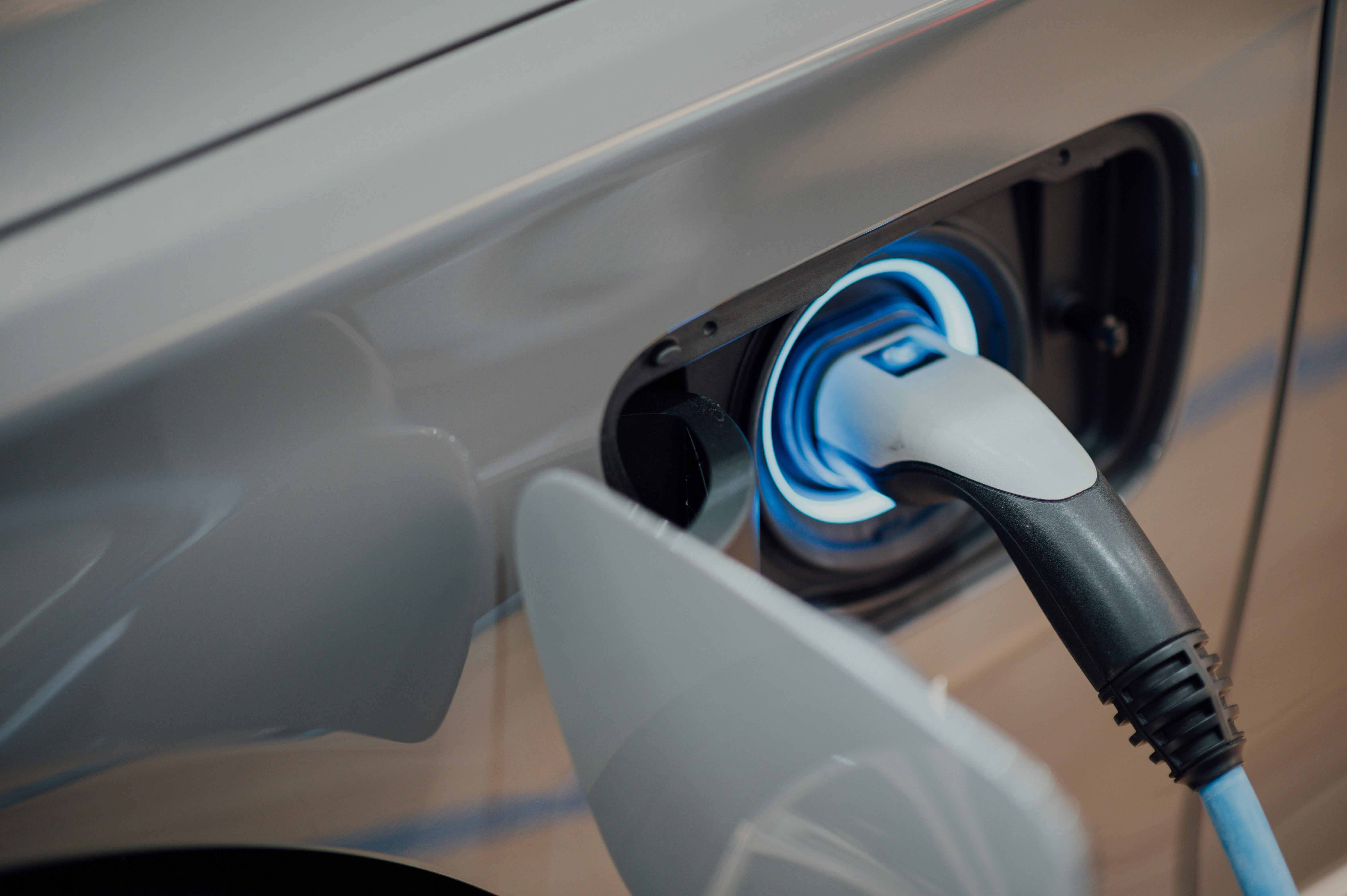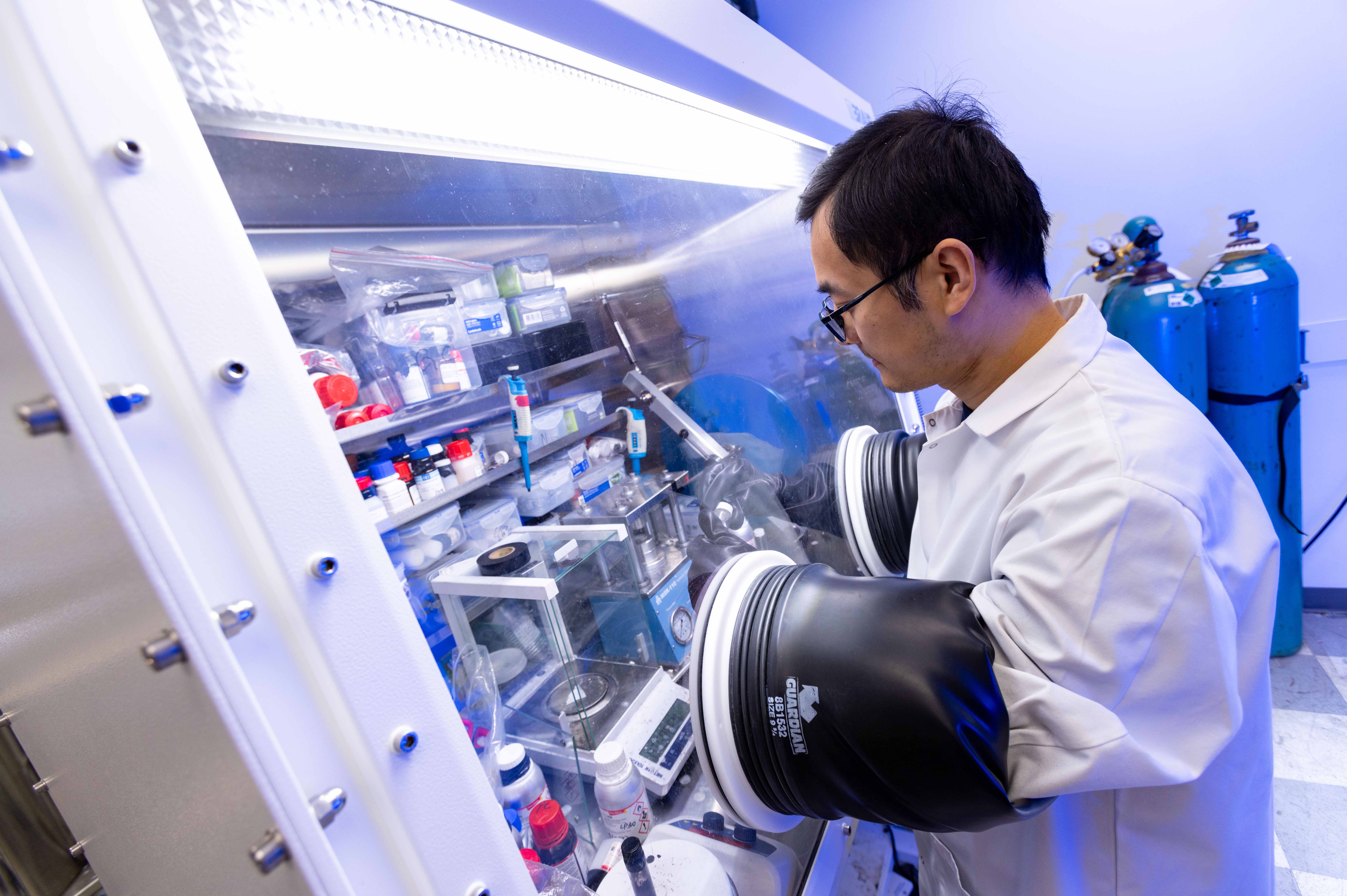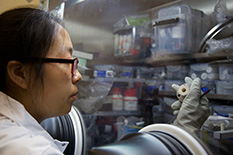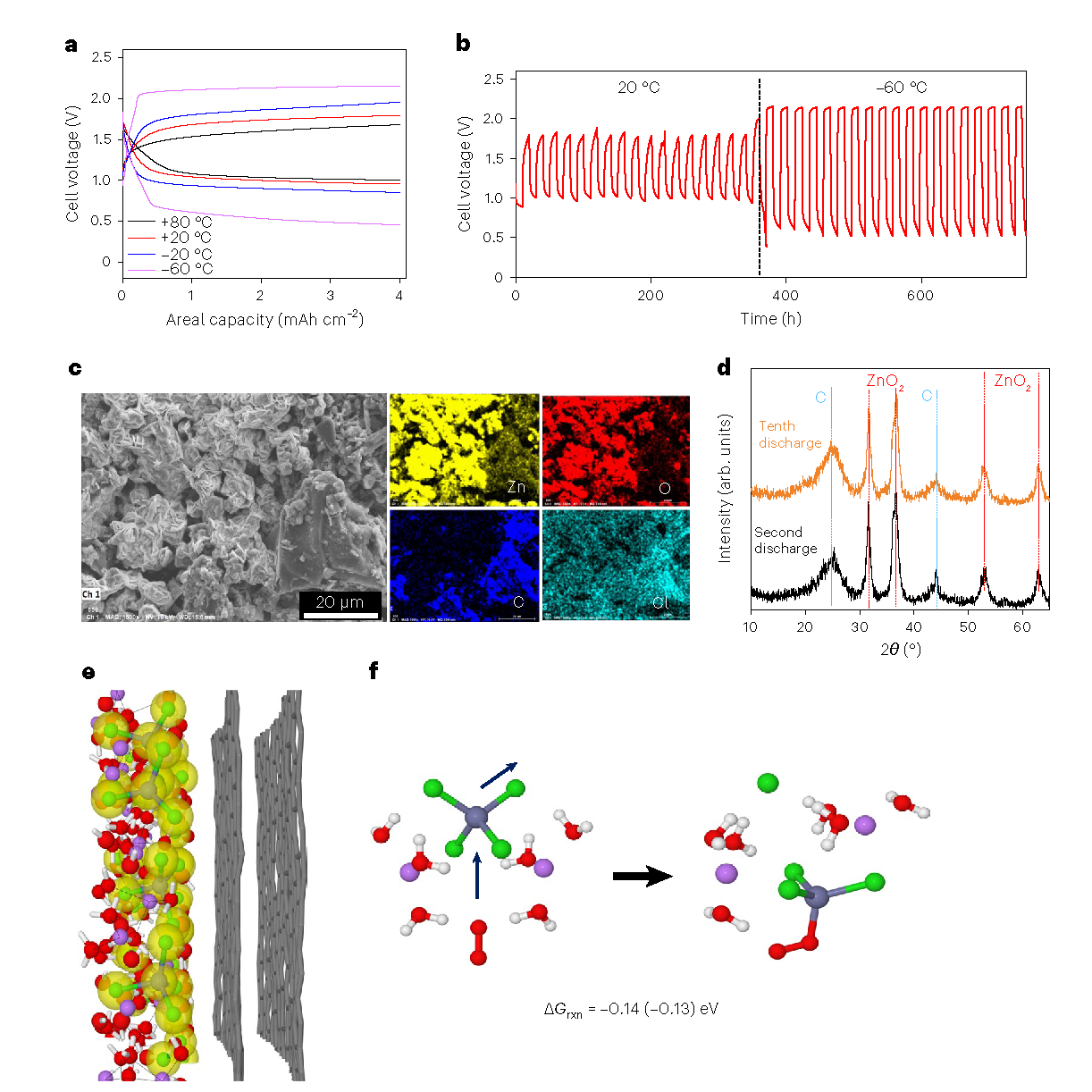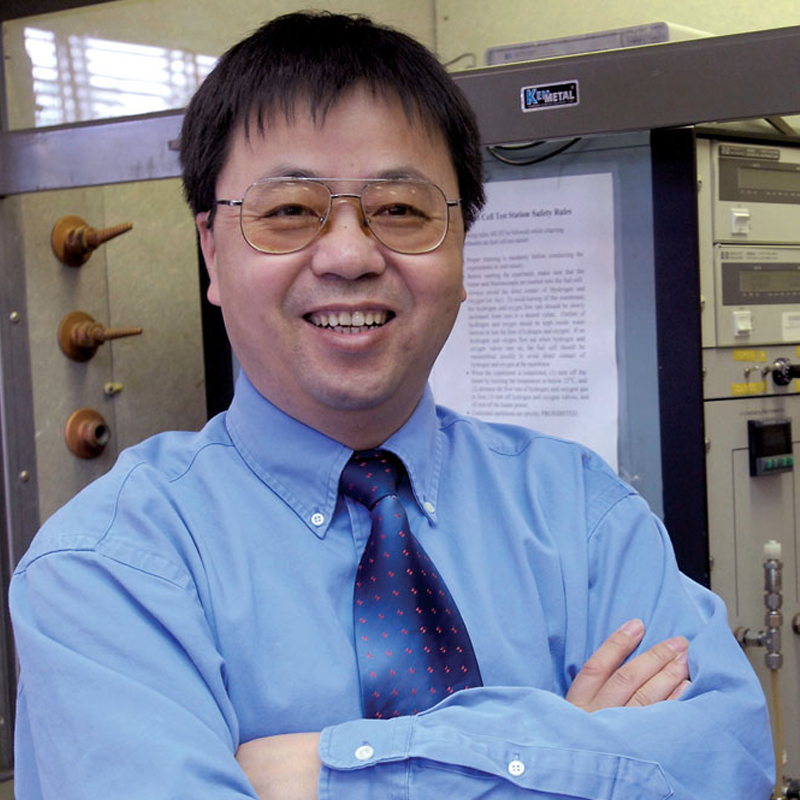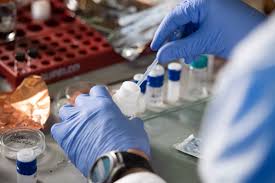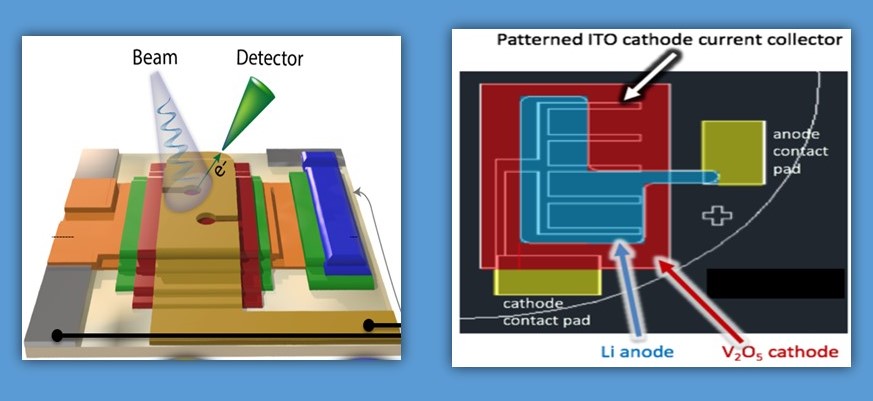News Story
Sandwich Battery with ‘Melty’ Layer is Safe, Robust
Engineers at the University of Maryland have found a new path in the quest to make safer batteries: they took advantage of a chemical reaction that melds them together safely to create a solid-state battery.
Current batteries are likely to catch fire because they are made with flammable liquids. Scientists are working on how to make batteries with solids, but the solids don’t interact well, and in cases where they do, they can form a tough “skin” between the parts that keeps lithium ions from passing through.
The engineers used ceramics to create their battery — not the kind you’d find in a flowerpot, but advanced kinds that can conduct electricity and store energy. Since the engineers used ceramics, which are noncombustible, the battery would never be able to catch fire.
“All-solid-state batteries could dramatically improve battery safety, but the performance of these batteries is still limited due to the interfacial challenge between solid electrode and solid electrolyte.” said Chunsheng Wang, a professor in the department of chemical and biomolecular engineering, a member of the Maryland Energy Innovation Institute and a member of the Maryland Nanocenter. “We addressed this primary challenge by engineering the interphase between electrode and electrolyte.”
To make a solid battery, they made a “sandwich” of three different solids. After being heated up, the middle layer melted and melted and reacted with the surfaces on both sides of the sandwich, allowing lithium ions to flow freely through it, but keeping the two outer layers from contacting each other. The melted layer becomes solid again at normal temperatures.
“The solid interlayer formed from the reaction ensures intimate contact between electrode and electrolyte and is also able to conduct Li ions, and thus leads to a cycling-stable all-ceramic lithium battery,” said Fudong Han, a PhD student in UMD’s chemical and biomolecular engineering department and first author on the research paper. “The research will promote the practical applications of all-solid-state lithium batteries in portable electronics and electric vehicles.”
The research will be published on Feb. 28, 2018 in the journal Joule.
Interphase Engineering Enabled All-Ceramic Lithium Battery
Han et al. (2018)
https://doi.org/10.1016/j.joule.2018.02.007
Published February 27, 2018
